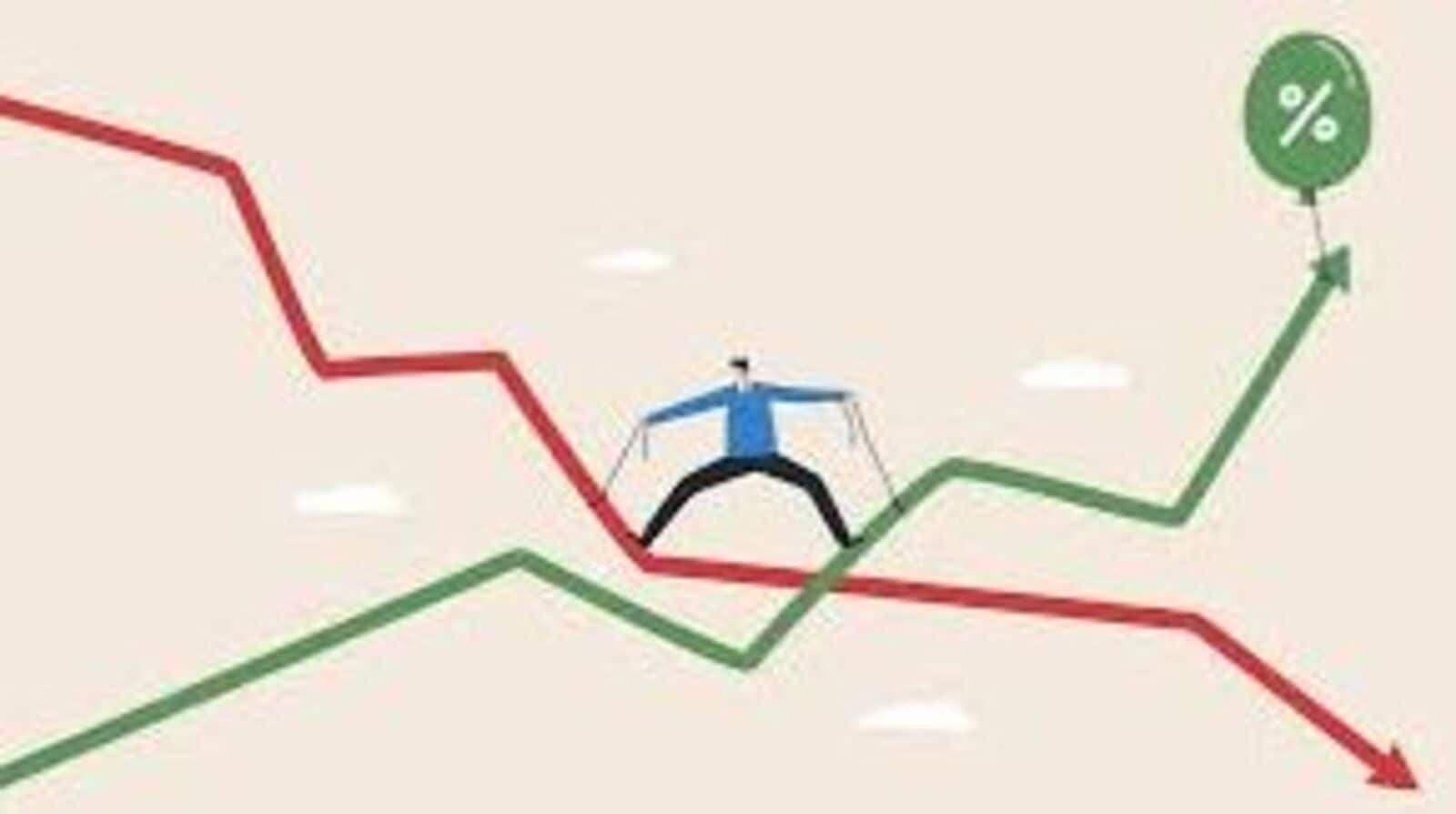A remarkable surge in Hungarian house prices has reached a three-year peak, primarily driven by investor demand rather than traditional borrowing. This trend, according to the Hungarian central bank, poses less risk to the financial stability of the country. Despite tighter credit conditions, the impact on the housing market appears minimal, suggesting a resilient demand that continues to push prices upward.
Strong Growth in Budapest’s Housing Market
Recent findings from ingatlan.com, a prominent real estate firm, reveal that house prices in Budapest soared nearly 17% year-on-year in February. This marks the most significant growth in three years, largely fueled by retail government bond investors reallocating their funds into the real estate sector. The central bank echoed these sentiments, noting an annual increase of 15% in house prices during the fourth quarter of the previous year, with a further acceleration observed in the first two months of 2024.
- Key Statistics:
- 17% year-on-year price increase in February.
- 15% annual rise recorded in Q4 of the previous year.
- House prices have more than tripled since 2010.
Market Dynamics and Future Outlook
The current state of the housing market indicates signs of potential overheating. As prices rise faster than both incomes and rental costs, the central bank asserts that the underlying demand is primarily investor-driven rather than reliant on credit growth. This dynamic significantly mitigates the risk of instability in the financial sector.
Laszlo Balogh, a real estate expert at ingatlan.com, pointed out that while some investors have withdrawn from government bonds and slightly returned to the housing market, the demand boost has been substantial enough to escalate prices. This trend is pushing prospective buyers—particularly those seeking homes for personal use—to enter the market quickly to avoid being priced out.
Broader Economic Context
In light of recent economic conditions, the Hungarian government reported spending over 1 trillion forints (approximately $2.83 billion) on debt servicing in the first two months of the year, a substantial figure representing about 1.2% of Hungary’s projected GDP for 2025. This financial backdrop, combined with rising inflation, continues to shape the housing landscape.
Interestingly, the central bank highlighted that the percentage of households with mortgages relative to the country’s economic output remains one of the lowest in the European Union. Moreover, a significant portion of housing transactions are completed without any borrowing, suggesting a robust market foundation that is less susceptible to fluctuations in credit conditions.
Conclusion
As the Hungarian housing market continues to thrive amid investor enthusiasm and economic challenges, the future remains uncertain yet intriguing. With ongoing price increases and minimal impact from tighter credit standards, both investors and homebuyers alike must navigate a rapidly evolving landscape.
For those interested in the latest trends and statistics in real estate, consider exploring more about housing market dynamics and financial stability strategies.











